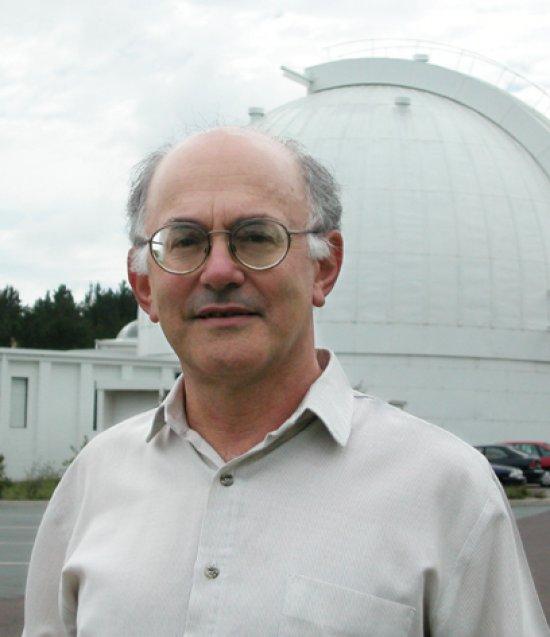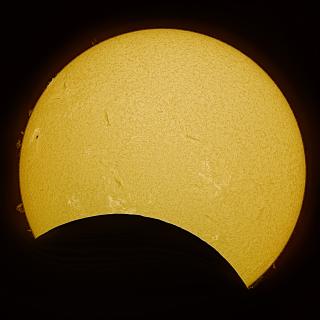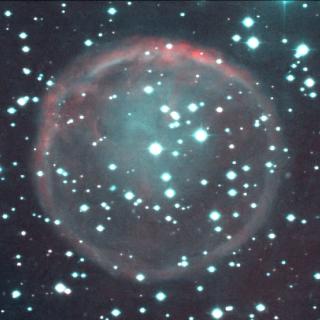Ken Freeman is interested in the forces that govern galaxies and how the latter manage to accumulate in different shapes and sizes. He is particularly intrigued by dark matter and was indeed one of the key players in drawing attention to its presence around galaxies like the Milky Way. An enthusiastic naked-eye observer of the sky, he is a great admirer of the Magellanic Clouds from "down under". As well as being an active figure in international astronomy, Freeman is a professor at the Astronomical and Astrophysical Research School at Mount Stromlo Observatory of the National University of Australia.
- You were one of the first astronomers to point out that spiral galaxies have large areas of dark matter. We would like to know how this idea emerged: was it the result of indirect methods of detection or was it perhaps born as a solution to the reconciliation of theoretical predictions and observations?
It was the second way: I had made some theoretical predictions about the rotation curve of spiral galaxies. Although the data on rotation was not very good at that time (1969), there was a clear disagreement between the shapes of the predicted and observed rotation curves. The theory is very straightforward and simply depends on the inverse square law of gravitation applied to the observed distribution of stars in the galaxy. The fact that the predicted and observed rotation curves did not agree indicated to me that there must be a large amount of invisible matter in these galaxies.
- You are also author of the book 'In search of dark matter'. How do we see this invisible matter?
We "see" the invisible matter only through its gravitational attraction. The gravitational attraction is most simply measured in rotating galaxies, because the gravity provides the acceleration required for the gas in these galaxies to rotate. Galaxies rotate more rapidly in their outer regions than we would expect from their stars and gas alone. If the inverse square law for gravity is correct, then the evidence for dark matter is very strong.
- There is talk of hot dark matter, why is it called that? How is it different from the cold dark matter?
Cold dark matter is dark matter in which the particles are moving quite slowly. This allows it to condense into galaxy-sized lumps. For hot dark matter, the particles move very rapidly and they are too energetic to condense into galaxies. They can only condense into much larger structures.
- This is the second time you have participated in the Winter School of Astrophysics and, coming to Tenerife, you will have moved almost to your antipodes. Could you explain to the inhabitants of this side of the planet what the sky is like in Australia? Around the world, what is your favourite place for observing?
My favorite place for observing is at Siding Spring Observatory in Australia. Although the weather is not as good as in some other observatories, the sky is very dark. In the summer, one can see the two Magellanic Clouds very clearly; in the Large Cloud, one can see its underlying barred structure with the naked eye. In the winter, the center of our Galaxy passes overhead. It is very bright and spectacular. One can see the dust in the Galactic disk where it absorbs the light of the central bulge.
More information:



